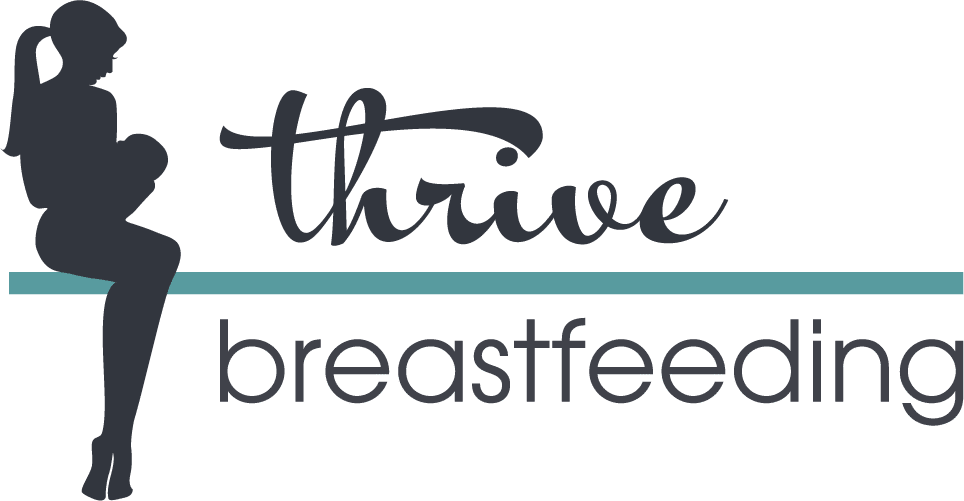Like any new skill, breastfeeding takes some getting used to for both mom and baby. When learning all the tips and tricks on how to breastfeed effectively, hand expression is an excellent technique for expressing colostrum. Read along and learn the best kept secret for early breastfeeding and how easy hand expression can be for mom.
Just a quick note: If you’re new to breastfeeding, you might come across some unfamiliar terms. In that case, take a look at my blog dedicated to 68 Helpful Terms About Breastfeeding to Prepare New Moms.
Why Is Hand Expression So Important For Early Breastfeeding?
Regular removal of a small amount of colostrum increases milk production. If the baby is unable to latch during the very first feedings, an IBCLC can assist you with hand expression and spoon-feeding to ensure your baby is fed. During baby-to-breast breastfeeding, the baby’s mouth stimulates the areola and the milk ducts beneath it. Hand expression, on the other hand, massages deeper parts of breast tissue.
More stimulation for the breast means more milk for the baby. The more milk the mother has, the easier for the baby to effectively breastfeed. Remember, it’s all about supply and demand!
How Much Colostrum Should I Hand Express?
On average, hand expression yields only a few drops to a teaspoon of volume. On day one, a newborn’s stomach is about the size of a marble. Therefore, colostrum is the perfect amount of food for your baby. Colostrum is creamy, thick, and incredibly rich with enzymes that boost the baby‘s immunity. That is why the total amount transferred to the baby during the first three days is just about a teaspoon per feeding.

How Easy Is Hand Expression In Early Breastfeeding
Follow these simple steps:
- Get a spoon or a small container to collect the milk. Vials or syringes are perfect.
- Sit up and lean forward. Let gravity do its magic.
- Stimulate the milk flow. Massage the breasts with your hands or with a soft baby brush. Placing a warm compresses on your breasts helps get the milk flowing.
- Make a C shape with your fingers an inch away from the areola. Your nipple should be at the same level as your thumb and index finger.
- Press, compress, relax. Press your breast inwards, gently squeeze and release.
Note #1: A common beginner’s mistake is to stretch the areola (and surrounding skin) when attempting to express. If you find yourself doing so, think about making a C more loosely around the areola and push straight back. Tightening the skin blocks milk ducts and makes it harder to express effectively.
Note #2: Don’t be surprised if you don’t initially see any colostrum. Even when breastfeeding, the baby doesn’t get any milk at the beginning of a nursing session. You’re trying to mimic the baby’s rhythmic suckling and stimulate the flow. The press, compress, relax technique is key. Soon you’ll see the first drops!
- Develop a rhythm. Press, compress, relax. Press, compress, relax.
- Alternate the breasts.
- With the help of an IBCLC, spoon-feed the collected milk to your baby.
Check out the infamous video by Dr. Jane Morton of Standford Medicine on how to easily hand express.
For Mothers Who Are Separated From Their Babies
If your baby needs to spend the first days in the NICU, you should start pumping within hours of delivery. Hand expressing is an important addition to using a hospital-grade breast pump. The expressed milk can be taken to the baby in a small container (a vial or a syringe). You can even take the drops from your nipple and put them on the baby’s lips with a clean finger.
Having Trouble Hand Expressing?
CLICK HERE TO CONTACT ME if you just can’t master the art of expression so we can connect and I can help!


If you find this article helpful, save it to your Pinterest board so you’ll always know where to find it.
